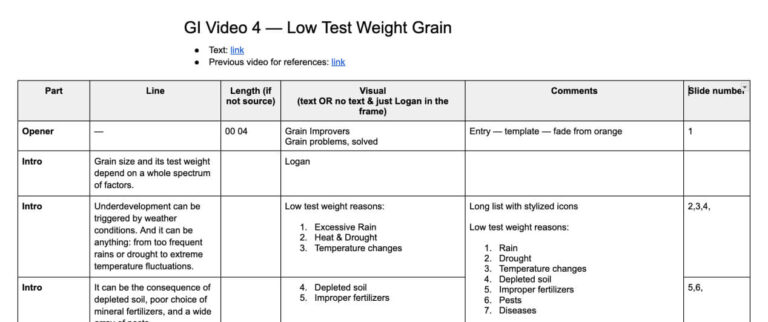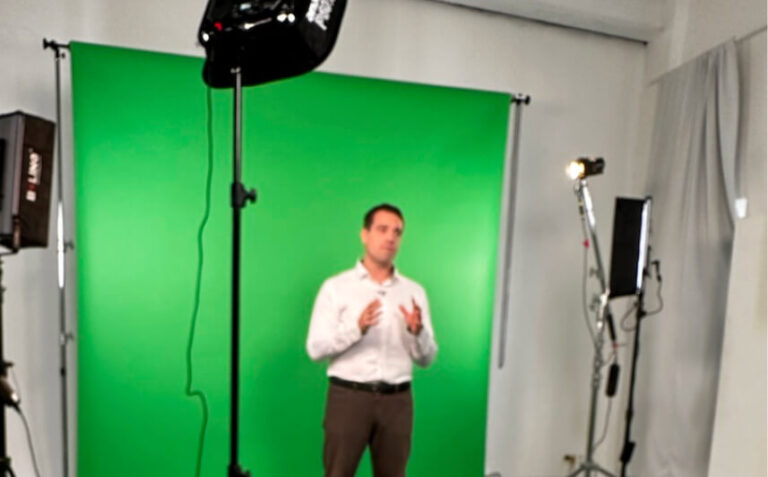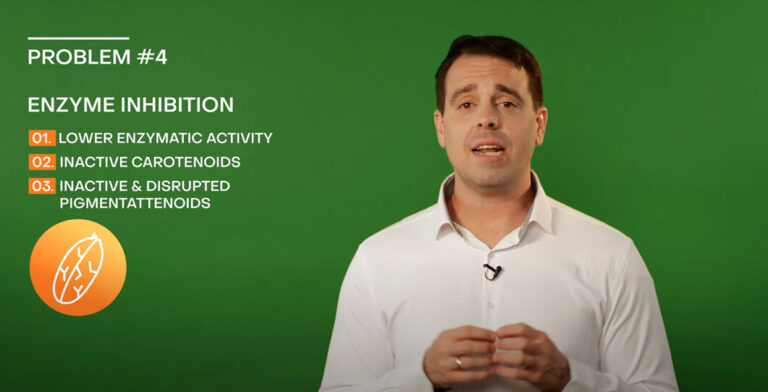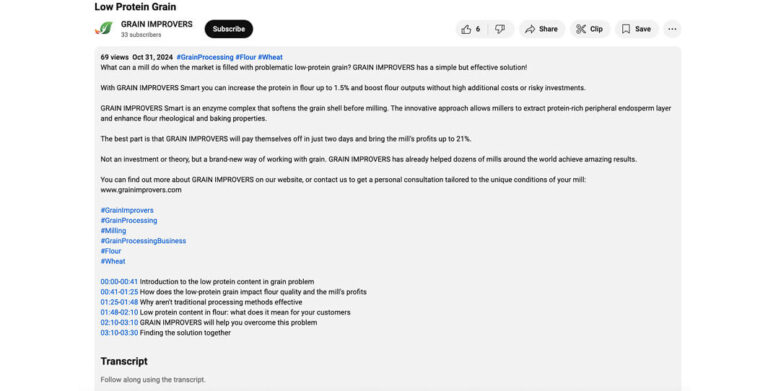Writing YouTube scripts for a B2B manufacturer in biotech.
Client
Grain milling enzyme manufacturer
Date
Mid to late 2024
Services
Scriptwriting
Situation
A Dutch-based B2B biotech company specializing in enzyme complexes for grain processing needed a series of videos with two goals:
- Establish a presence on YouTube and explore video content
- Support the sales process with persuasive but educational & useful materials.
Videos needed to be concise (3–5 minutes) yet convincing.
Task
Craft seven scripts, showcasing the benefits of grain improvers for processing problematic wheat (e.g., drought-damaged, pest-damaged). I’ve contributed through the entire process — from initial research to post-production and distribution — collaborating closely with experts, designers, and the video editor. To be fair, I was not present on set and didn’t edit or design the thing. It’s on the team I worked with.
Action
The process spanned several months (mainly due to filming schedule). My contributions can be summarized in eight steps. And since it’s a case study on a personal website, here’s a glimpse into the process here:
Step 1: Research — what are we doing?
To develop the concept, I reviewed company materials and conducted online research on problematic grain, current milling practices, and common challenges.
I focused on geo-specific standards (grain/flour quality, terminology, processes) to ensure relevance across different EU markets.
Step 2: Audience segmentation — who exactly will watch it?
Based on input from the sales department, I targeted client-side decision-makers with limited technical expertise: mill management.
Problem:
While mill managers understand financial impacts ( like rising power bills, lower yields, reduced ROI), they are often unfamiliar with technical details (like subaleurone layer protein content, endosperm hydration, and so on).
Solution:
My scripts used:
- Lots of clear visuals (numbers, graphs, arrows, etc) to illustrate financial benefits;
- Simple schemes to illustrate technical processes;
- Practical, relatable benefits, avoiding generic marketing claims (the niche is full of it anyways, so not going this route was a no-brainer way to stand out).
This way, the text “speaks the audience’s language” and subtly explains complex aspects.
Step 3: Scriptwriting — now, what do we say?
I focused on conversational language, dynamic pacing, rhythmic sentence structures and repetition to make the content memorable and natural when spoken. It’s massively different from the tone I’d use for, say, a blog post.
The result so far: seven completed Google Docs in a video script template, ready for review.

Step 4: Expert Review — are we sure we’re not saying anything wrong?
Through a series of calls, I collaborated with the company’s technical and sales experts to refine terminology and add context to nuanced claims. The review was successfully finished in 3 calls.
Step 5: Actor collaboration — how we say it?
I rehearsed the script with the actor and CMO (present on set) via Zoom, adjusting pacing, adding emphasis marks, and clarifying key points in delivery. A simple one-hour call was enough to get everyone on the same page.

Step 6: Visuals — what we show, don’t tell?
I worked with the company’s in-house designer to create supporting visuals (schemes, images, icons) to reinforce the narrative. Each task for a visual element included text instructions, formatting notes, and references.
As the result of this part, I believe the designer did a great job, and complex manufacturing steps are visualized in a balanced way: a specialist will still understand it all, and a non-specialist — won’t get lost.




Step 7: Publication — where will people find it?
I crafted YouTube descriptions, optimized for SEO and YouTube format, and ensured all video components were polished in post-production. Basically, all the videos went through a pre-publication QA.

Step 8: Distribution — helping the right people find it first
Once the videos were scheduled, I worked with a junior copywriter to create promotional support materials:
- LinkedIn posts announcing the videos
- Email blasts to partners with YouTube links
- A website article featuring the series.
With these steps, the project was marked as “Completed” successfully.
Result

Seven high-quality educational videos were added to the company’s digital portfolio. While the niche nature of this topic limits viral potential, videos continue to steadily gain views.
The sales team used them in communication with several EU-based mills (that, as far as I know, soon became the company’s clients).